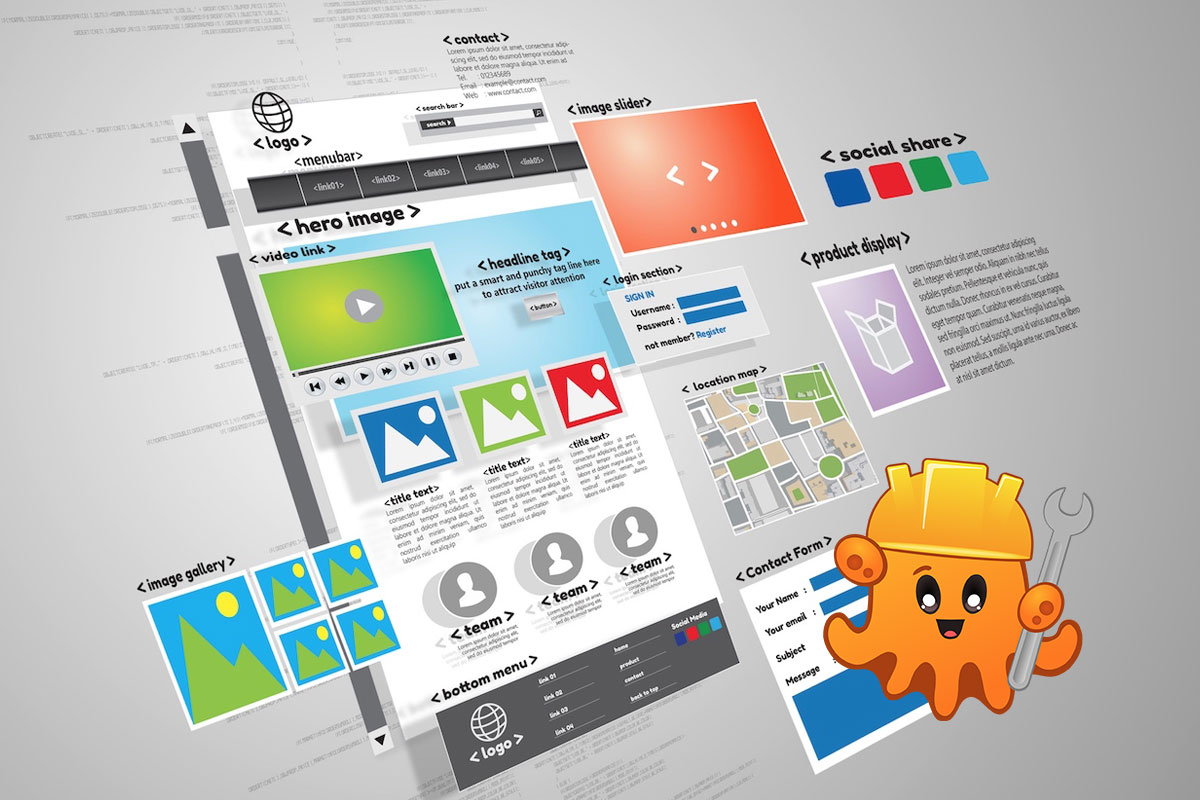Did you know that basing the design of your website on the user experience can increase your conversion rates by 400%?
As a business owner, it's always important to know what elements your website needs to include, and what boxes you need to tick in terms of the design and usability of your website.
But one important question that business owners tend to ask is, how long does it take to build a website that ticks all these boxes? Keep reading to find out exactly what to expect when building your business's website.
How Long Does It Take to Build a Website?
Time and time again, web developers and designers will get the question, "How long does it take to build a website?"
The truth is the question itself can be quite tricky to answer upfront. There are so many variables that go into building a website.
There are platforms online that can are specifically for building a website in a matter of minutes, or longer, but are built on the basis that you can choose a template and work your way up from there.
But the more complicated a website becomes, the longer it can take. More complicated eCommerce sites can take 3 to 4 months to build.
There are four important steps that go into creating a website, let's have a look at what these are.
1. The Discovery Stage
Before you even hire a web development and design agency, your internal team will have a detailed idea of what your business needs when it comes to your website. The discovery stage is where you share these ideas with the team that is going to put together your website.
This stage can take anywhere from one meeting to ten meetings, depending on the level of work you've put in beforehand. Alternatively, it may take longer if your web design agency has better advice on the direction that your website should take, and they will need time to come back and present this to you.
2. Building the Framework
Once your initial meetings have been had, and the general direction of your website outlined, the framework for your website needs to be drawn up.
This stage can generally take anywhere from one week to six weeks, once again depending on how complex your website is going to be, and how many pages it will land up being.
Here, your development and design team will put together illustrations that demonstrate the flow of your website, and how your users will interact with your content. The framework is particularly important as it will be the roadmap that the rest of the website building team uses to make sure that they're on track with the strategy of the website and the brand itself.
3. The Website's Design
The next stage in building a website comes in the form of the design itself. This stage is made up of taking the framework and adapting it to a visual presentation of how the website will work, how it will behave, and the message it will have.
A large part of your brand is how you communicate with and engage with your ideal target audience, and this can be maximized through the way that your website looks and feels.
You can expect another few weeks for this stage, as the team comes up with designs for each page, presents them to you and your business, and then makes tweaks if needed.
If you're building your website yourself, or have a ready-to-use template, be sure to check out what your provider offers versus their competitors.
4. Website Development
This is when the finished product is handed over to the tech-savvy guys. These are the guys who are physically going to create the bricks that will build your website, and code them in such a way that your final product will be everything you hoped for and more.
This stage is usually the one that takes the longest, and you can expect to spend 3 to 4 weeks on this stage alone.
Not only does your website need to be built, but once it's built, it needs to be tested and tweaked so that your finished site is as close to perfect as possible.
Also, depending on what elements you're going to want access to, in order to regularly update content, such as a blog or product information, the way the website is built needs to allow for this.
Website Maintenance and Upkeep
The building of a website is not where the road ends. After a website is complete, there are tons of maintenance tasks and upkeeping that need to be performed. Obviously, the more complicated your website is, the more widgets, add-ons, and apps it will have in the backend.
The tricky thing is, that if these things aren't kept up to date, your website can simply stop working and performing its job.
Some web design and development agencies will offer services on a retainer basis after the initial build, in order to keep these things in check. It can be a good idea to sign on for this type of service, particularly if you don't have the internal resources that can spare a few hours per week to perform these tasks.
When going on the search for your web design and development agency, always ask to have a look at their portfolio. Ask to see previous work that they've done, and ask how they've continued to help these clients after the initial design and development stage.
Remain Open-Minded
So, how long does it take to build a website?
Even with variables, it's safe to say that communicating your expectations from the start of the project is key to the successful completion of your website. If you're transparent with what you're expecting, and how quickly you want to get done, then you can adjust your expectations accordingly as small obstacles rise.
Stay open-minded, and don't lose your patience. As the saying goes, Rome wasn't built in a day, and neither should your website be.
If you're looking for some great inspiration for your website, have a look at this!




 View Printer Friendly Version
View Printer Friendly Version



